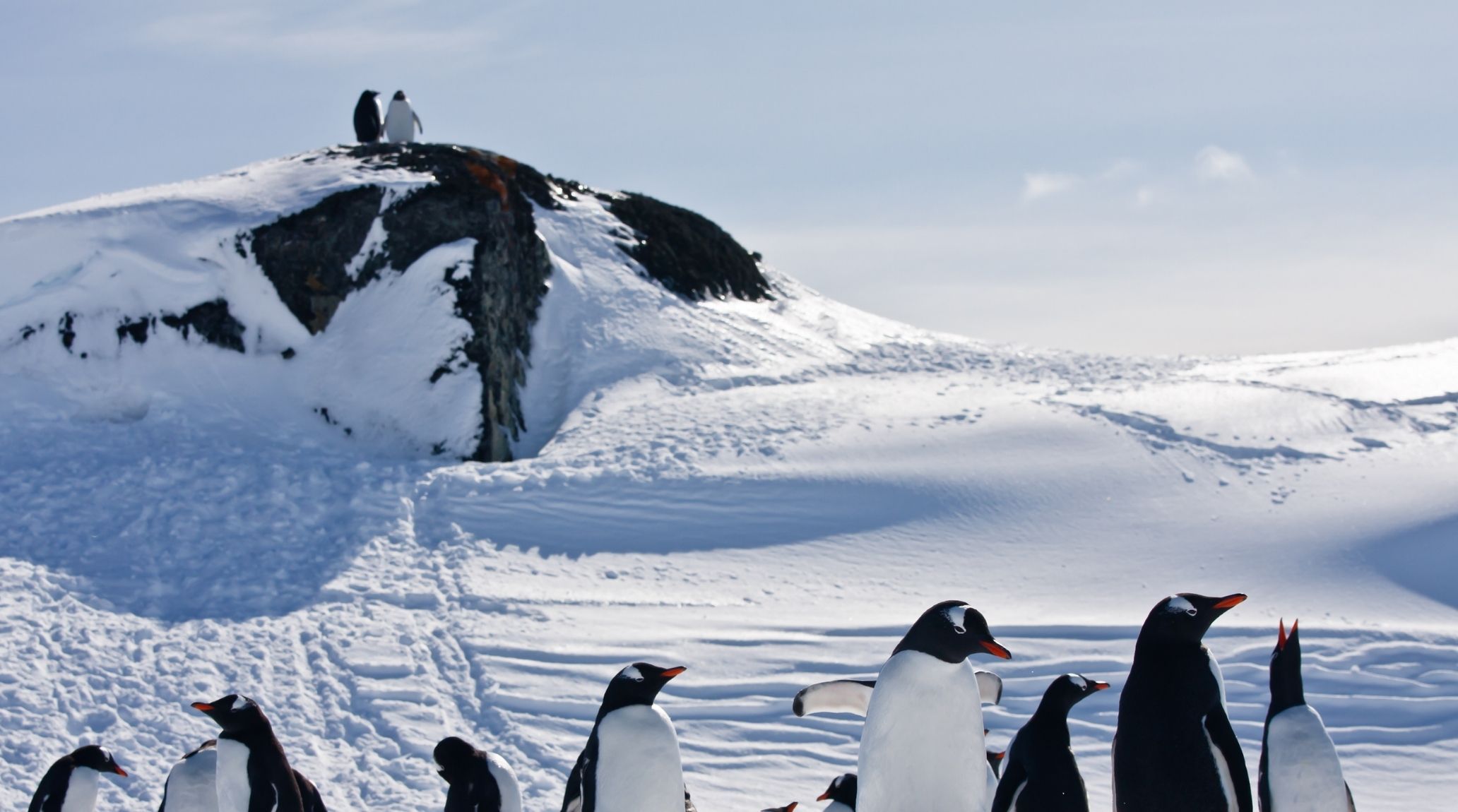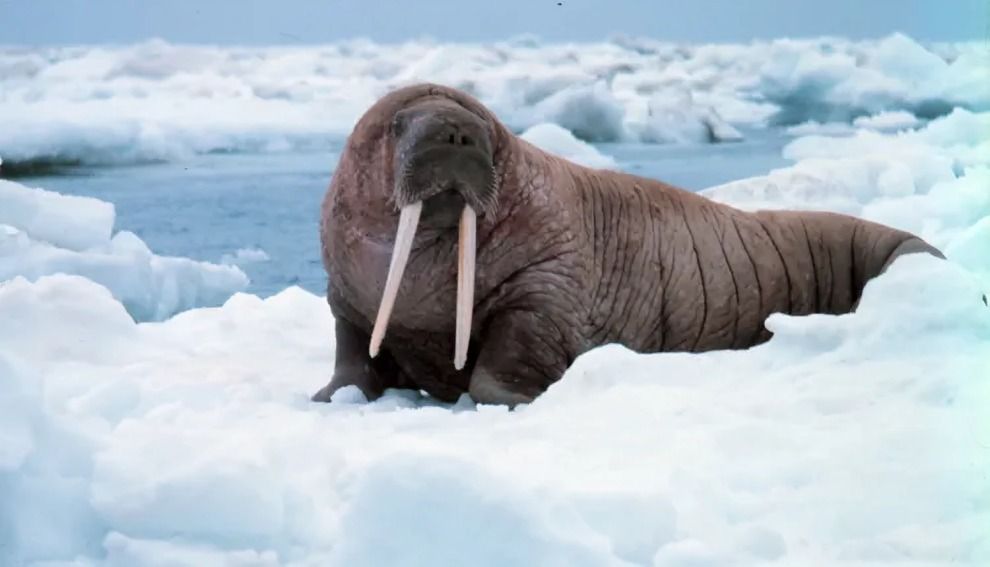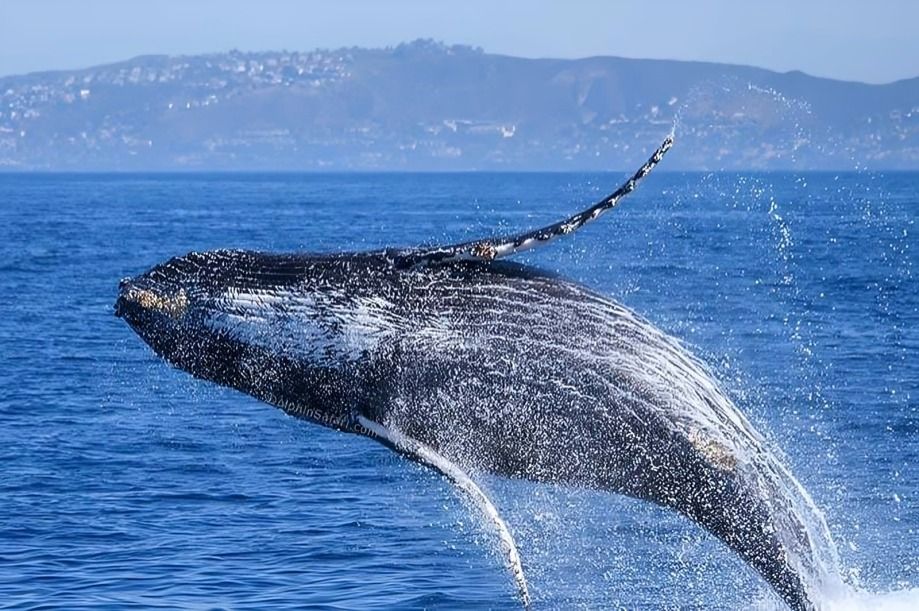
“
The Arctic and Antarctic regions are home to some of the most extraordinary wildlife on the planet. From polar bears roaming the icy tundra of the Arctic to penguins navigating the frozen seas of Antarctica, these animals have developed remarkable adaptations to survive in extreme conditions. In this article, we explore 20 fascinating facts about the animals living in these polar habitats, showcasing their resilience and unique survival strategies in the harshest environments on Earth.1
1
”
The crabeater seal, a true earless seal, is the most abundant seal species in the world and well-adapted to Antarctica's harsh conditions. They typically measure around 2.5 meters (98 inches) in length and can weigh up to 220 kg (486 lbs). 1
Out of more than 86 krill species worldwide, only five types inhabit the Southern Ocean. These crustaceans vary in size, measuring from less than a centimeter to a maximum of 14 cm in length. 2

The Walrus is a large marine mammal easily recognized by its long tusks, which it uses to break ice and help haul its massive body onto land. These social animals live in large herds and feed primarily on clams and other sea creatures.
Found exclusively in the Southern Hemisphere, Penguins are remarkable birds and excellent swimmers and divers, with their torpedo-shaped bodies. Gentoo penguins are the fastest, reaching speeds of up to 36 km/h (22 mph) underwater! 3
The largest land animal in Antarctica is the wingless insect Belgica Antarctica, measuring just 2–6 mm in length. Despite its small size, this remarkable insect has adapted to survive in the harsh conditions of the continent. 4
The Antarctic fur seal, an eared seal, nearly faced extinction in the 18th and 19th centuries due to extensive hunting for its prized furs, skins, and oils. Today, protected and thriving, they can be seen in large groups on South Georgia Island.5
The Lemming is a small rodent of the Arctic tundra. lemmings are known for their population booms and rapid declines, as well as their survival strategies, which include burrowing and thick fur to protect them from the cold. 6
Blue whales, the largest animals on Earth, can weigh up to 199 tons and are members of the baleen whale family. Their hearts are the size of an average passenger car, and calves are born weighing around 4,000 kg (8,000 lbs). 7

The Beluga, often called the "sea canary" due to its vocal nature, is a white whale found in Arctic and sub-Arctic waters.They can survive under ice due to their thick layer of blubber, which insulates them in freezing temperatures.
The Arctic fox is a small, adaptable mammal native to the Arctic regions, known for its thick white fur that provides excellent insulation against the cold.The Arctic fox is white in winter, while over summer they tend generally change to shades of brown. 8
Reindeer, a member of the deer family, with various subspecies. In Europe, these animals are commonly called reindeer, while in North America, they are known as caribou in the wild and reindeer when domesticated. 9
The Musk Ox is a large, shaggy herbivore native to the Arctic tundra. To defend against predators, musk oxen form tight circles, standing shoulder to shoulder with their sharp horns facing outward. 10
Puffins are seabirds with brightly colored beaks, often referred to as "sea parrots," found in Arctic and sub-Arctic regions. Known for their excellent diving abilities, puffins use their wings to propel themselves underwater while hunting for fish. 11
The Arctic Hare is highly adapted to the frigid Arctic environment, with thick fur and a compact body that conserves heat. Capable of running at speeds up to 60 km/h (37 mph) to escape predators, these hares change their fur color to white in winter. 12

Known for their complex mating songs, humpback whales are solitary but communicate through unique vocalizations. Their songs, which can last up to 20 minutes, are produced by forcing air through their nasal cavities, and they vary across individuals.
Among the smallest baleen whales in Antarctica, minke whales hunt alone but often follow seabirds to find food. Weighing up to 10 tons, they feed on fish or krill and are skilled at seizing opportunities in feeding areas where birds are present. 13
Blue-eyed shag are known for their striking blue eye rings and unique group hunting behavior. During the breeding season, they lay three to five eggs, and when feeding, they form large rafts to trap schools of fish, diving in turns to catch their prey. 14
Expert swimmers and deep divers, Weddell seals can dive to depths of 600 meters (2,000 feet) and hold their breath for up to 85 minutes. This allows them to stay underwater, avoiding predators like orcas and leopard seals. 15
Standing up to 70 cm (28 inches), Macaroni penguins are easily recognized by their yellow crests and are often seen on the rocky cliffs of the Falklands, South Georgia, and other islands. 16
Found in Antarctica and on subantarctic islands, Gentoo penguins are known for their romantic courtship rituals. Males present pebbles to females as a gift, and if accepted, the stone becomes part of their nest. 17